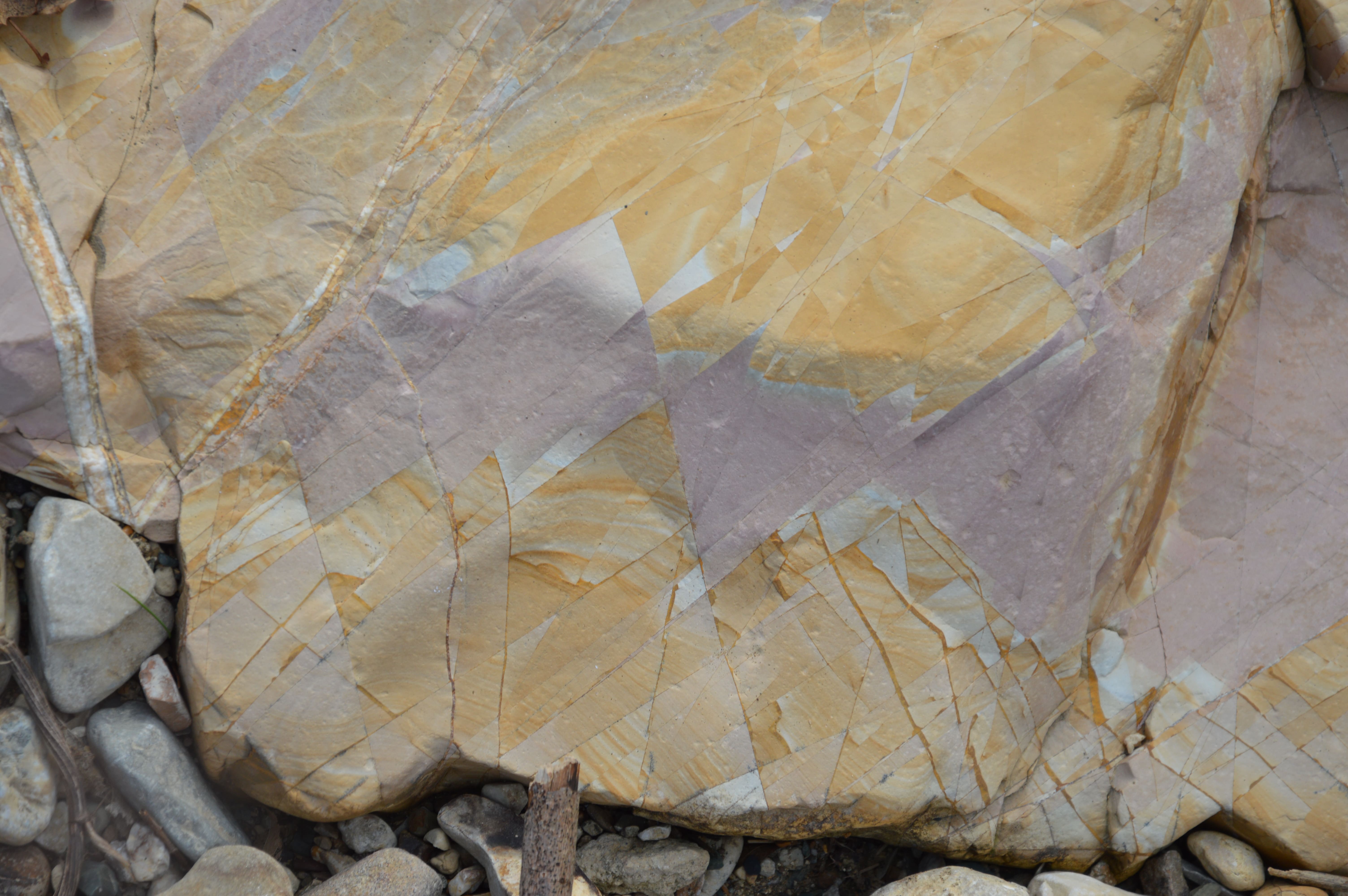18 MAY – 20 JULY. FREE, DROP-IN.
Pictures in stone is a new temporary exhibit at Oxford University Museum of Natural History.
Certain types of rocks can contain beautifully intricate patterns that may appear to be pictures of landscapes, trees, or buildings. Often highly prized for decorative purposes, these stones are not what they first seem. How do these structures form?
This collection of beautiful, rounded pebbles comes from a river bed, around 10 km inland, near Rome, Italy. Known as pietra paesina, or landscape stone, they started out as a muddy limestone that was later broken up by a series of criss-crossing fractures filled with iron-rich minerals. As rainwater seeped through the cracks, the iron oxidised to format reddish-brown stain, or 'Liesegang rings', that spread out through the blue-grey rock.
What makes pietra paesina unique is that some of the fractures were 'healed' by the growth of calcite, stopping the iron oxides in their tracks and producing intricate patterns.
These stones were kindly donated to the Museum by Mario Piccolo, who found them in a locality that is virtually unique in Italy, pictured below. This large plateau of pietra paesina is being eroded by a river to produce the stunning pebbles.
Images: (Header) Pietra paesina. (Right) Stone featuring Solnhofen dendrites. Learn more about this incredible specimen, and others, by visiting the Museum's presenting case.

